Pair of rosso and giallo antico obelisks reductions.
Rome.
Late 18th century, early 19th century.
h. 28 cm (11 in).
This pair of carved rosso antico obelisks, mounted on stepped rectangular bases in giallo antico marble, reproduces the form of ancient obelisks in reduced scale. The vivid contrast of materials — deep red for the obelisks, warm ochre for the bases — evokes the Roman taste for polychrome marbles, revived at the height of the Grand Tour. The marbles are solid, not veneered, and the carving of the profiles is sharp and controlled, with edges softened only by age. Their size and execution place them among the more refined examples of architectural reductions made in Rome in the early nineteenth century.
These objects belong to a larger class of marble souvenirs produced for travellers during the Grand Tour, particularly in the last years of the eighteenth century and the first decades of the nineteenth. The more expensive, more technically demanding choice of a solid block of rosso antico points to an early production, and seems to indicate the obelisks were made for a demanding, elite clientèle, before the mid-nineteenth century shift to veneered models. Obelisks, along with miniature temples, columns, and busts, formed a core repertoire of such commemorative objects. Their compact form and architectural clarity made them especially suited to the tabletop displays and mantelpiece arrangements favoured by Grand Tourists. Comparable works appear in the National Trust Collection, where a set of obelisks is described as part of a tradition of Roman reductions in coloured marble. Their function, both decorative and commemorative, linked them directly to the culture of collecting that developed around Roman antiquity in the age of the “souvenir industry”, according to the term coined by Francis Haskell in Taste of the Antique.
Although specific workshops are rarely identified for such models, their materials and carving techniques are consistent with those employed in the marble ateliers of late eighteenth to early nineteenth century Rome. The use of antique marbles such as the rosso antico and giallo antico, quarried or repurposed from earlier fragments, was clearly meant for cognoscenti and is an undeniable sign of quality. The Boschetti workshop, among others, is known to have produced high-quality reductions in precisely these materials. The refinement of the present pair, the precision of the carving, and the choice of materials all reflect the ideals of neoclassical collecting at its height. More than simple souvenirs, such pieces served as portable expressions of a collector’s cultural ambition, directly tied to the artistic pilgrimage of the Grand Tour. One discrete crack is visible on one of the obelisks.









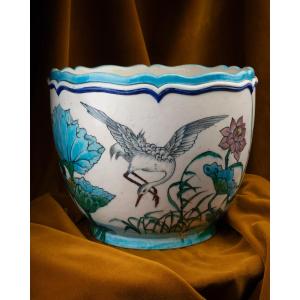




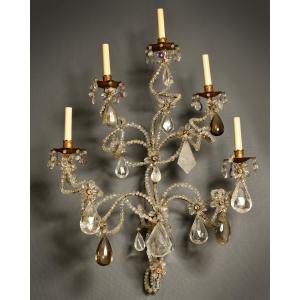

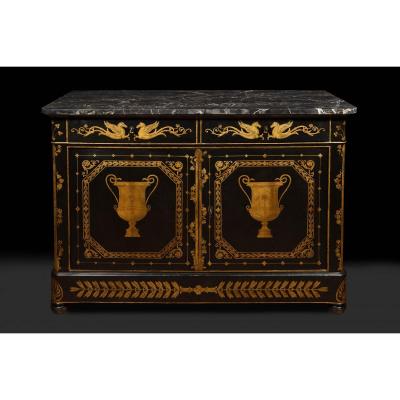


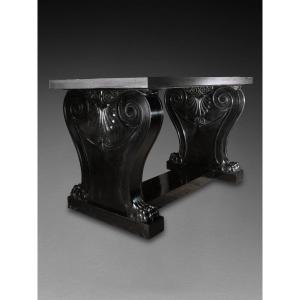


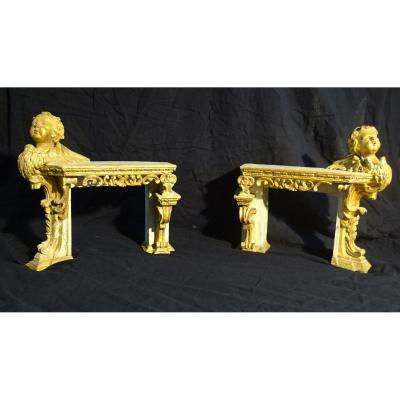



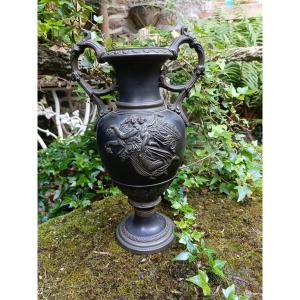



 Le Magazine de PROANTIC
Le Magazine de PROANTIC TRÉSORS Magazine
TRÉSORS Magazine Rivista Artiquariato
Rivista Artiquariato